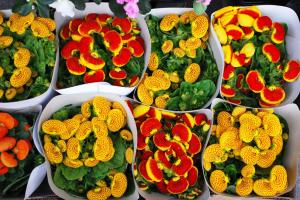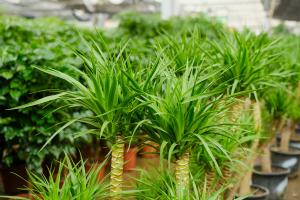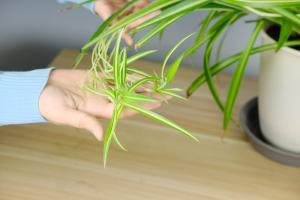1、 Breeding method
1. Light: papaya Begonia is suitable for growing in a sunny environment. Excessive shade will lead to poor growth and affect its flowering and fruit bearing. And it is not afraid of exposure, as long as you pay attention to ventilation
2. Soil: papaya Begonia has low requirements for soil, as long as it is not saline alkali land. Loose and fertile acidic soil is more conducive to its growth
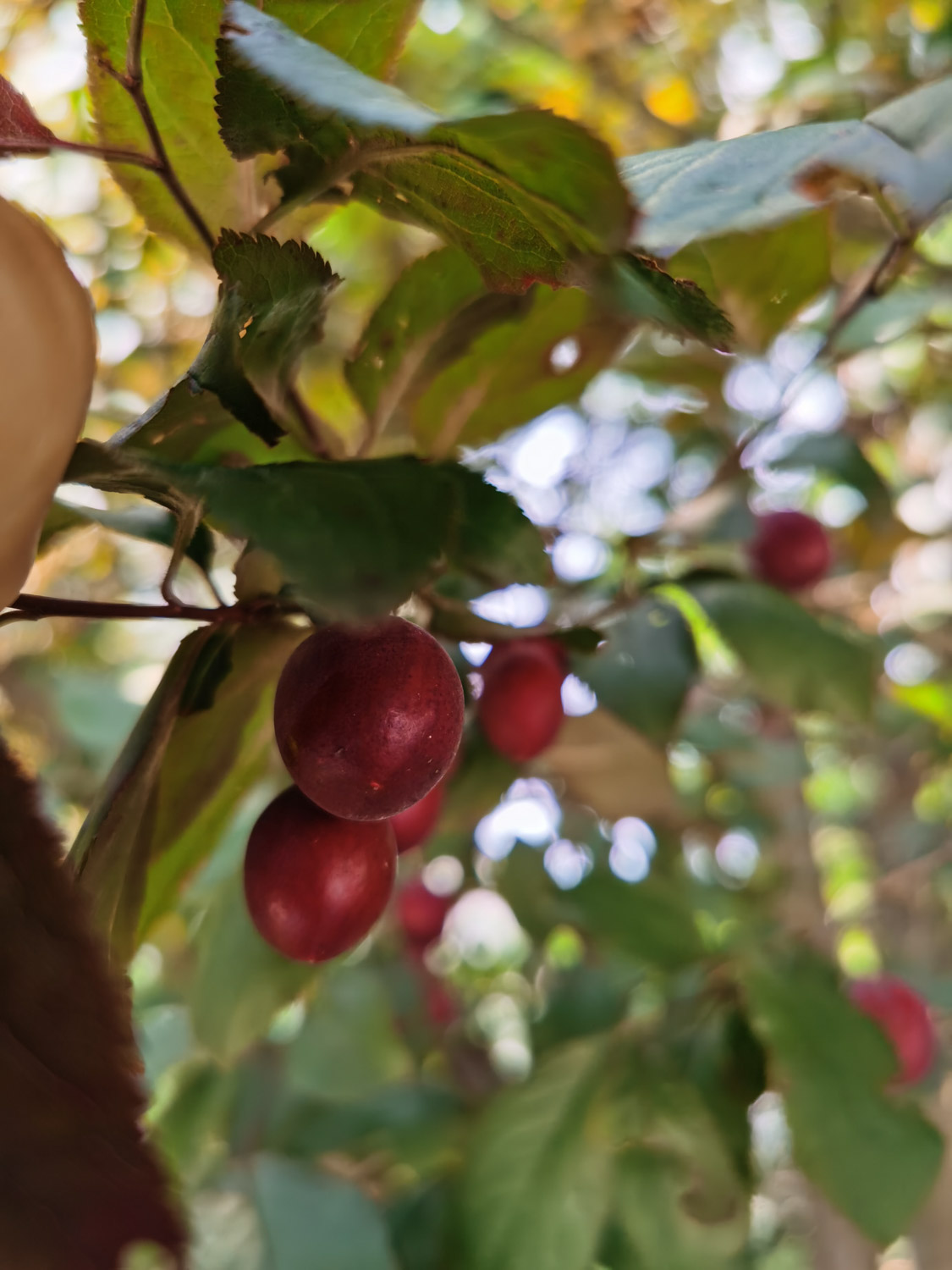
3. Watering: Although papaya and Begonia prefer humidity, they are afraid of waterlogging. Therefore, watering must not be more, just keep the basin soil slightly moist. It has strong drought resistance and can be watered after the soil is dry
4. Fertilization: apply organic fertilizer once in spring to help flower bud differentiation. Apply phosphorus and potassium fertilizer twice after flowering to improve the fruit setting rate. Apply fertilizer after falling leaves in autumn to supplement nutrients for flowering and fruit
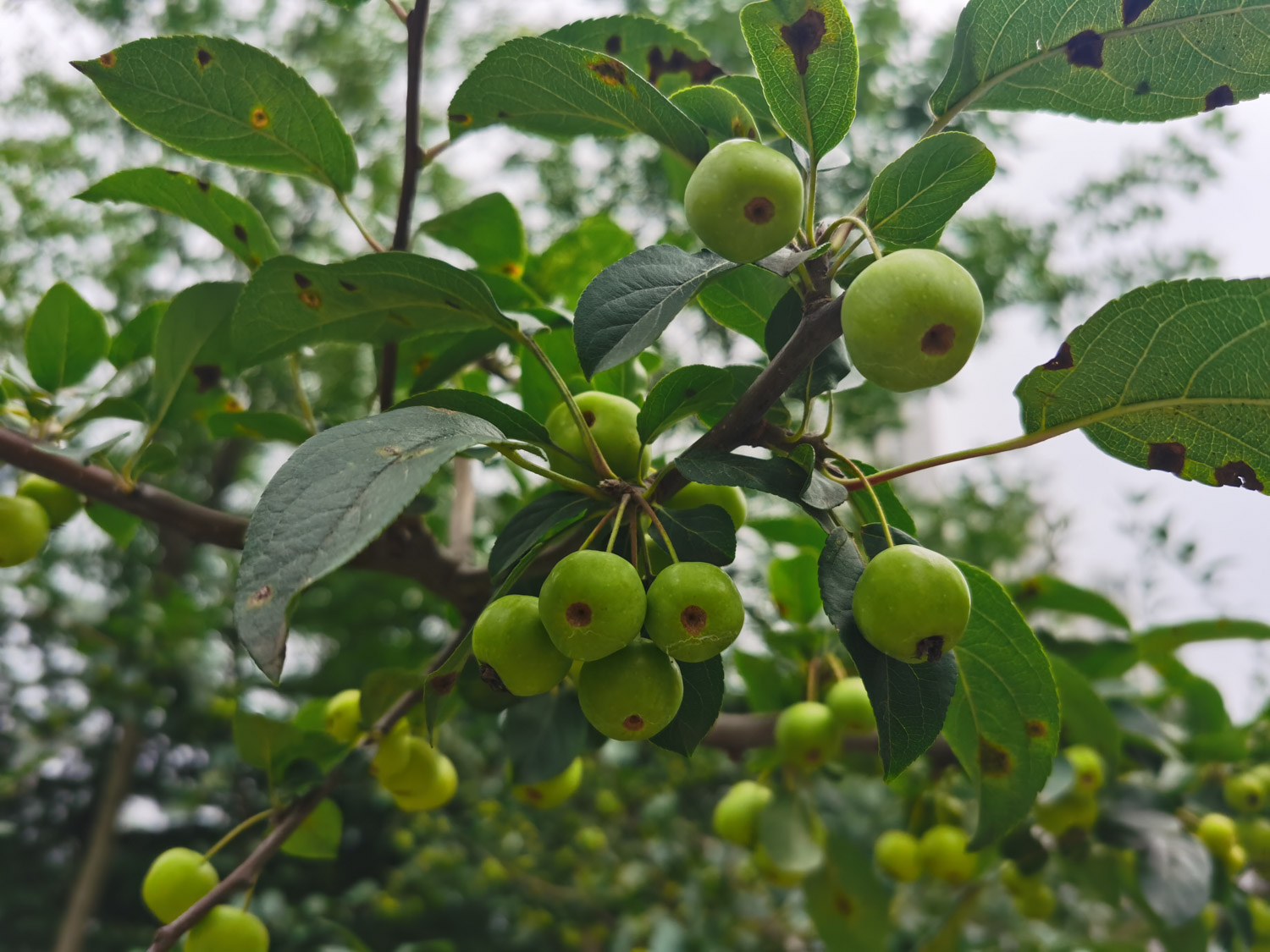
2、 Reproductive skills
1. Sowing: papaya Begonia is usually propagated by sowing method. After harvesting the fruit in autumn, select the seed with larger fruit and store it in fine sand. Sowing in the spring of the next year can be soaked in warm water before sowing to promote its germination
2. Grafting: grafting is mainly aimed at papaya Begonia with excellent varieties. Choosing the same kind of tree as rootstock is more conducive to the survival after grafting
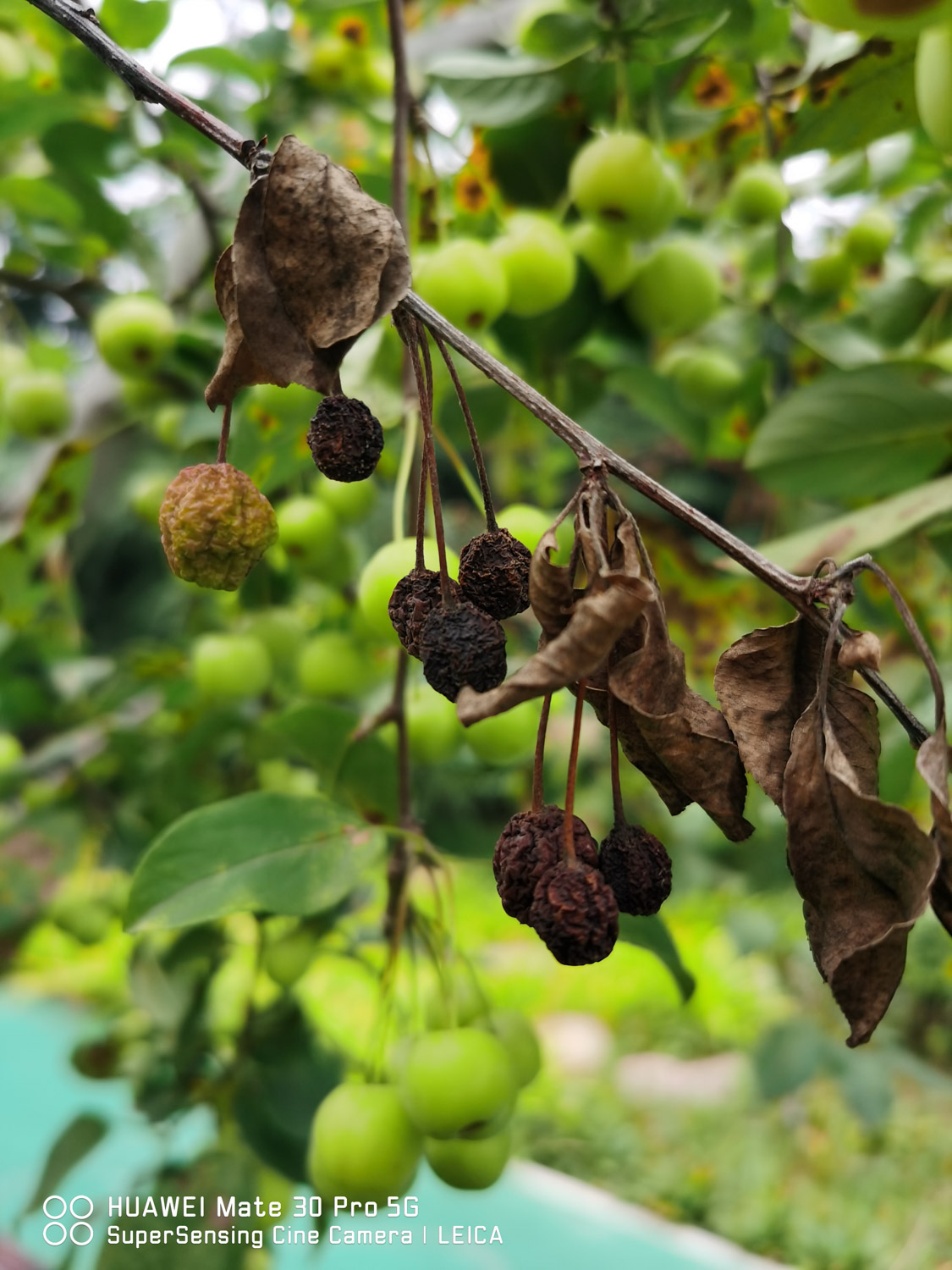
3、 Pest control
1. Disease: the common disease is rust, which can be controlled with sodium dichromate solution. It can be sprayed every 10 days and cured after a month
2. Insect pests: aphids and red spiders are common. Dichlorvos or Omethoate solution can be used for control

 jackfruit
jackfruit snake plant
snake plant hibiscus
hibiscus hydrangea
hydrangea lavender
lavender Green roses climb al...
Green roses climb al... If you don't pay att...
If you don't pay att... Management of four g...
Management of four g...